Git Replace Local Branch With Remote
Checking the Current Branch
Before we move on to replacing the local branch with the remote branch, it’s crucial to know which branch we are currently on. To check the current branch, open your Git command line interface and run the following command:
“`
git branch
“`
This command will list all the branches in your repository, with an asterisk `*` indicating the current branch.
Switching to the Remote Branch
To replace a local branch with a remote branch, we first need to switch to the remote branch. To do this, use the following command:
“`
git checkout
“`
Replace `
Creating a New Branch
If you want to create a new branch before replacing the local branch with the remote branch, you can use the following command:
“`
git checkout -b
“`
Replace `
Linking the Local Branch with the Remote Branch
Now that we have switched to the remote branch or created a new branch, we need to link our local branch with the remote branch. This allows us to easily push and pull changes between the local and remote repositories. To link the local branch with the remote branch, use the following command:
“`
git branch –set-upstream-to=
“`
Replace `
Replacing the Local Branch with the Remote Branch
To replace the current local branch with the linked remote branch, we need to perform a git pull. However, if there are any local changes in the current branch, Git won’t allow the branch replacement. To force the replacement and discard any local changes, use the following command:
“`
git fetch –all
git reset –hard
“`
The first command, `git fetch –all`, retrieves all remote branches and commits to your local repository. The second command, `git reset –hard
Handling Conflicts during Branch Replacement
While replacing the local branch with the remote branch, conflicts may arise if there are conflicting changes in the code. Git is equipped with powerful conflict resolution tools to help you resolve these conflicts easily.
When conflicts occur, Git marks the conflicting files and shows the conflicting changes. You need to manually resolve these conflicts by editing the files and choosing the appropriate changes. After resolving conflicts, save the file and stage it using the following command:
“`
git add
“`
Replace `
“`
git commit -m “Resolved conflicts”
“`
Pushing the Changes to the Remote Repository
After successfully replacing the local branch with the remote branch and resolving any conflicts, it’s essential to push the changes to the remote repository. This step ensures that the changes are visible to other developers and allows for proper collaboration. To push the changes, use the following command:
“`
git push origin
“`
Replace `
Verifying the Changes
To verify that the changes have been successfully pushed and the local branch has been replaced with the remote branch, you can switch back to the replaced branch and review the changes. Use the following command to switch back to the replaced branch:
“`
git checkout
“`
Replace `
FAQs:
Q: How can I sync a local branch with a remote branch in Git?
A: To sync a local branch with a remote branch, you can follow the steps mentioned in this article. Start by switching to the remote branch or creating a new branch. Then link the local branch with the remote branch, replace the local branch with the remote branch, handle any conflicts, push the changes to the remote repository, and verify the changes.
Q: Can I replace a remote branch with a local branch in Git?
A: Although it is not recommended to replace a remote branch with a local branch directly, you can make changes to a local branch and then push those changes to the remote branch, effectively updating it.
Q: What is the difference between Git pull force and Git replace branch?
A: `Git pull force` is used to forcefully update a local branch with the changes from a remote branch. On the other hand, `Git replace branch` refers to replacing a local branch with a different branch, whether it is a remote branch or another local branch.
Q: How can I delete all local branches in Git?
A: To delete all local branches in Git, you can use the following command:
“`
git branch -D $(git branch | grep -v “master”)
“`
This command deletes all local branches except the `master` branch.
In conclusion, replacing a local branch with a remote branch in Git is a crucial operation that helps developers sync their local work with the remote repository. By following the steps outlined in this article and handling any conflicts that may arise, you can ensure smooth collaboration and efficient code management with Git.
Updating Local Copies Of Remote Branches – How To Use Git And Github
How To Replace Local Branch With Remote Git?
Git is a powerful version control system that allows developers to track changes in their codebase and collaborate with others seamlessly. One important feature of Git is the ability to switch between different branches to work on different features or fixes simultaneously. In some cases, you may want to replace your local branch with the remote branch to sync your local changes with the latest version on the remote server. In this article, we will discuss how to replace a local branch with a remote Git branch, providing a step-by-step guide and answering some frequently asked questions along the way.
Step 1: Fetch the Latest Changes
Before replacing your local branch, it is crucial to fetch the latest changes from the remote repository. This ensures that you have the most current version of the branch you intend to replace. To do this, open the terminal and navigate to your local repository. Then, run the command `git fetch` to fetch the latest changes from the remote server.
Step 2: Check Out the Branch
Once you have fetched the latest changes, you need to check out the branch you want to replace with the remote version. To do this, use the command `git checkout
Step 3: Reset the Branch
Next, you need to reset your local branch to the state of the remote branch. This will discard any local changes you made and replace them with the latest version on the remote server. To reset the branch, use the command `git reset –hard origin/
Step 4: Push the Changes
After you have reset your local branch, it is time to push the changes to the remote repository. Use the command `git push origin
Step 5: Verification
To ensure the successful replacement of your local branch with the remote branch, you can perform a quick verification. Run the command `git status` to check if your local branch is up to date with the remote branch. The status should indicate that your branch is up to date with the ‘origin/
FAQs:
Q1: Will I lose my local changes when replacing a local branch with a remote Git branch?
A1: Yes, replacing a local branch with a remote Git branch will discard any local changes. It is essential to backup or commit your local changes before proceeding with the replacement.
Q2: Can I revert the replacement and retrieve my local changes again?
A2: Unfortunately, once you have replaced your local branch and overwritten it with the remote version, your local changes are lost. It is crucial to create backups or commit your changes regularly to avoid permanent data loss.
Q3: Are there any risks involved in replacing a local branch with a remote Git branch?
A3: Yes, there are risks involved. If you have uncommitted changes, they will be lost during the replacement process. Additionally, if you force push the changes to the remote branch, you might overwrite other developers’ commits. It is crucial to communicate with your team and follow the necessary precautions.
Q4: Can I replace a local branch with a remote branch from a different repository?
A4: Yes, you can replace a local branch with a remote branch from a different repository by specifying the remote repository’s URL along with the branch name when fetching the changes. However, it is important to be cautious when performing such actions and ensure you have the necessary permissions.
Q5: Is it necessary to fetch the latest changes before replacing a local branch with a remote Git branch?
A5: Yes, it is crucial to fetch the latest changes before replacing your local branch. This ensures that you have the most recent version of the branch you want to replace, avoiding conflicts and potential data loss.
In conclusion, replacing a local branch with a remote Git branch allows developers to synchronize their local codebase with the latest version on the remote server. By following the step-by-step process outlined above and taking the necessary precautions, you can safely replace your local branch and stay up to date with the latest changes in your collaborative project. Remember to always backup or commit your changes to avoid losing valuable work during the replacement process.
How To Convert Local Branch To Remote Branch?
When working with version control systems like Git, it is common to work on different branches to isolate changes and collaborate on specific features or bug fixes. While local branches are great for individual development, at some point, you may need to share your work with your team or push it to a remote repository. In such cases, it becomes necessary to convert your local branch into a remote branch. This article will guide you through the process, step by step.
Step 1: Create a Remote Repository
Before you can convert your local branch to a remote branch, you need to have a remote repository set up. This can be done on popular platforms like GitHub, GitLab, or Bitbucket. Create a new repository or choose an existing one that you want to push your changes to.
Step 2: Push Local Branch Changes to Remote Repository
Once your remote repository is ready, you need to push the changes in your local branch to the remote branch. Begin by committing all your changes locally using Git. Then, using the Git command line, run the following command:
“`
git push origin
“`
Replace `
“`
git push origin feature-add-new-functionality:new-functionality
“`
After executing the command, Git will upload your commits and changes to the remote repository, creating a new remote branch if it doesn’t already exist.
Step 3: Set Up Tracking (Optional)
By default, Git doesn’t set up tracking between local and remote branches. This means you won’t automatically see changes in the remote branch when pulling changes from your local branch and vice versa. However, you can establish tracking explicitly for easy synchronization.
To set up tracking, use the command:
“`
git branch –set-upstream-to=origin/
“`
For instance, to set up tracking between a local branch “feature-add-new-functionality” and a remote branch “new-functionality”, run:
“`
git branch –set-upstream-to=origin/new-functionality feature-add-new-functionality
“`
From this point on, you can easily pull changes from the remote branch using `git pull`.
FAQs about Converting Local Branch to Remote Branch
Q1. Can I convert multiple local branches to remote branches simultaneously?
A1. Yes, you can. After creating the remote repository, follow Step 2 for each local branch you wish to push to remote.
Q2. How can I verify if the conversion of a local branch was successful?
A2. To verify if the local branch has been successfully converted to a remote branch, you can use the command `git branch -r`. This will display all the remote branches in your repository.
Q3. Can I delete a local branch after converting it to a remote branch?
A3. Yes, you can delete the local branch after converting it to a remote branch. Use the command `git branch -d
Q4. How do I delete a remote branch?
A4. To delete a remote branch, use the command `git push origin –delete
Q5. How do I rename a remote branch?
A5. Renaming a remote branch can be accomplished in two steps. First, rename your local branch using `git branch -m
Q6. Can I convert a remote branch back to a local branch?
A6. Yes, it is possible to convert a remote branch to a local branch. Use the command `git checkout -b
In conclusion, converting a local branch to a remote branch is a straightforward process in Git. By following the steps outlined in this article, you can easily push your local branch changes to a remote repository, enabling collaboration with your team. Remember to set up tracking if necessary and feel free to manage your branches by deleting, renaming, or converting them back to local as needed.
Keywords searched by users: git replace local branch with remote Git sync branch with remote, Replace remote branch with local, Git pull force, Git replace branch with another, Fetch all branches git remote, Git pull remote branch, Git replace head, Delete all branch local git
Categories: Top 86 Git Replace Local Branch With Remote
See more here: nhanvietluanvan.com
Git Sync Branch With Remote
Git is a popular distributed version control system that allows multiple developers to work on a project simultaneously. One of its key features is the ability to synchronize branches with a remote repository. This article will delve into the details of how to sync branches with a remote, including step-by-step instructions, tips, and best practices.
Overview of Branches in Git
Before exploring branching synchronization, it’s crucial to have an understanding of branches in Git. A branch is essentially a separate line of development that diverges from the main codebase. Developers can create branches to work on specific features or bug fixes without interfering with the main project until they are ready to merge their changes.
Syncing Branches with a Remote Repository
To sync a branch with a remote repository, follow these steps:
1. Establish a Remote Connection:
Firstly, ensure that you have a remote repository set up to store your project. This could be on a hosting service like GitHub, GitLab, or Bitbucket, or it could be on another server. After creating the remote repository, retrieve its URL.
2. Add a Remote:
In your local Git repository, add a remote that points to the remote repository by using the following command:
“`
git remote add origin [remote repository URL]
“`
Here, “origin” is just a conventional name for the default remote repository, but you can choose any name you prefer.
3. Push Your Branch:
Once you’ve finished working on your branch and want to sync it with the remote repository, execute the following command:
“`
git push -u origin [branch name]
“`
This pushes your branch to the remote repository, creating a remote tracking branch with the same name as your local branch.
4. Sync with Remote Changes:
To sync your branch with any changes made in the remote repository, use the following command:
“`
git pull origin [branch name]
“`
This pulls the latest changes from the remote tracking branch into your local branch. Git automatically merges any differences, but conflicts may arise, requiring manual resolution.
Common Issues and FAQs
Q1. What if my branch is behind the remote repository?
A1. If your branch is lagging behind, you can use the `git pull` command as mentioned earlier. This will merge the changes from the remote tracking branch into your local branch, ensuring synchronization.
Q2. How can I resolve merge conflicts?
A2. Merge conflicts occur when Git is unable to automatically merge changes from the remote repository into your local branch. To resolve these conflicts, open the conflicting file(s) in a text editor and manually modify them to reflect the desired final state. After resolving conflicts, save the changes and commit them using `git commit`. Subsequently, you can push the resolved changes to the remote repository.
Q3. Can I sync a branch with multiple remote repositories?
A3. Yes, you can! Git allows you to add multiple remotes pointing to different repositories using the `git remote add` command. You can then push and pull changes from any of these remotes as required.
Q4. How often should I sync my branch with the remote repository?
A4. It is recommended to sync your branch with the remote repository regularly, especially before making any significant changes or before merging your branch into the main codebase. Syncing frequently helps in minimizing conflicts and ensures that everyone on the team has access to the latest changes.
Q5. What happens to my branch if someone else makes changes to it remotely?
A5. If someone else pushes changes to your branch while you are working on it, Git will automatically notify you when you try to push your changes. At that point, you can pull the latest changes from the remote repository, resolve any conflicts, and then push your changes back.
In conclusion, Git provides a powerful mechanism for synchronizing branches with remote repositories, enabling collaboration among developers. By following the steps outlined in this article, you’ll be able to seamlessly keep your branch up-to-date with the remote repository, ensuring a smooth development workflow. Remember to sync regularly, resolve conflicts diligently, and leverage Git’s features to optimize your team’s collaborative efforts. Happy syncing!
Replace Remote Branch With Local
When working with a version control system like Git, it is common to create branches for different features or bug fixes. These branches allow developers to work on separate tasks without interfering with the main codebase. However, there may be times when you want to replace a remote branch with a local one – perhaps you made a mistake or need to rework your changes. In this article, we will explore how to replace a remote branch with a local branch, the implications of such an action, and provide frequently asked questions (FAQs) to address common concerns.
Replacing a remote branch with a local one is a delicate process that requires caution. It essentially involves deleting and recreating the branch on the remote repository, while retaining the history and changes from your local branch. Follow the steps below to carry out this operation:
1. First, ensure that your local branch is up to date with the remote branch. Use the command `git fetch origin` to update your local repository with references to the remote repository.
2. Checkout the local branch that you want to replace the remote branch with, using the command `git checkout
3. Use the command `git branch -D
4. Recreate the branch on the remote repository by using the command `git push -u origin
It is important to note that replacing a remote branch with a local branch will overwrite any changes that may have been made on the remote branch but not yet merged into the main codebase. Therefore, it is crucial to communicate with your team and ensure that no important changes are lost during this operation.
Now let’s address some common questions that developers may have regarding this process:
FAQs:
Q1: Can I replace a remote branch if it has already been merged into the main branch?
A1: Yes, you can still replace a remote branch even if it has been merged. However, it is crucial to communicate with your team and inform them about this action to avoid confusion.
Q2: What happens to the commits on the old remote branch?
A2: The commits from the old remote branch are not lost. When you create the new branch on the remote repository, it will retain the history and changes from your previous local branch.
Q3: Can I replace a remote branch that is protected?
A3: It depends on the repository settings. If the branch is protected, you may need to have the necessary permissions or seek assistance from repository administrators to replace the branch.
Q4: Will this operation affect other developers working on the same branch?
A4: Yes, replacing a remote branch will affect other developers working on the same branch. They will need to update their local repositories to avoid conflicts with the new branch.
Q5: Is it possible to undo the replacement and restore the old remote branch?
A5: Yes, it is possible to undo the replacement and restore the old remote branch. However, this requires careful handling and coordination with other team members, as it may involve reverting commits or merging changes.
In conclusion, replacing a remote branch with a local one enables developers to rectify mistakes or rework their changes. Ensure that you have the latest changes committed locally, communicate with your team, and be cautious when performing this operation. By following the steps mentioned in this article and addressing FAQs, you can successfully replace a remote branch with a local one, retaining your history and changes while syncing with the rest of the team.
Images related to the topic git replace local branch with remote

Found 24 images related to git replace local branch with remote theme
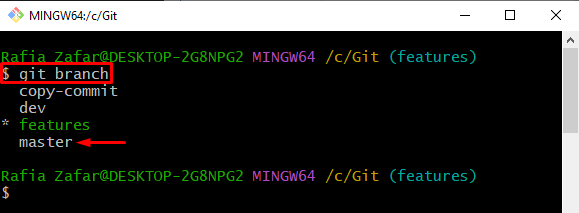
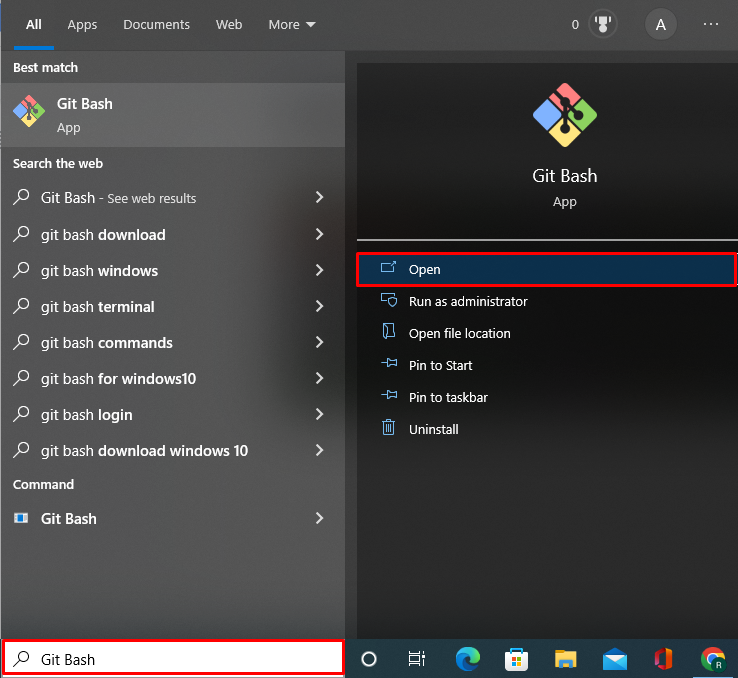
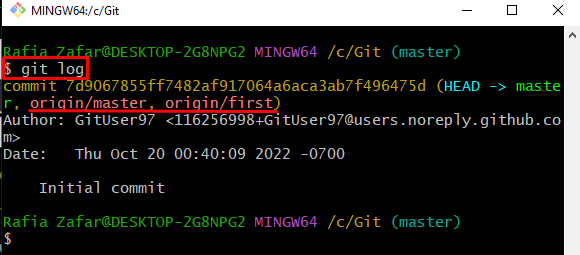


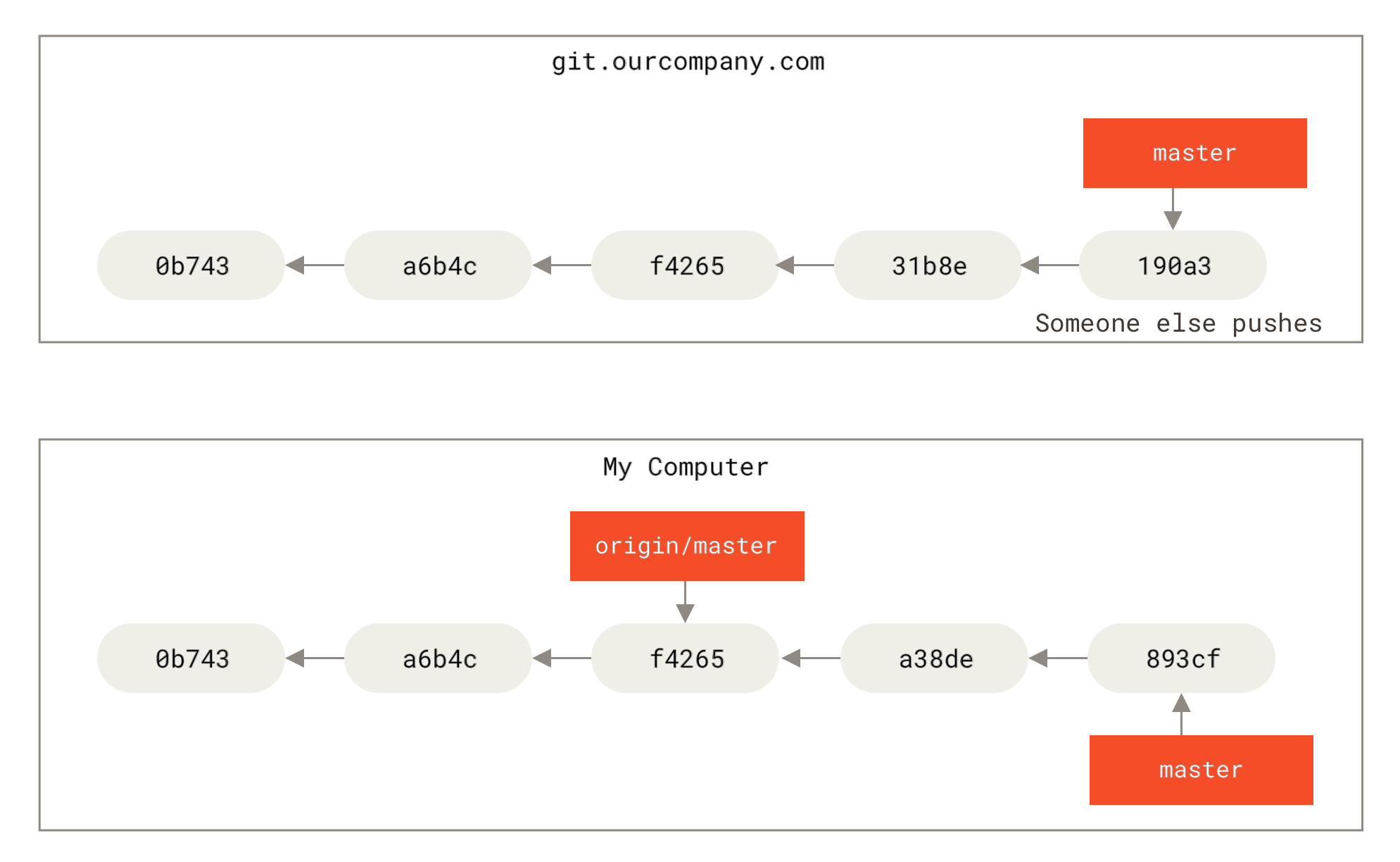

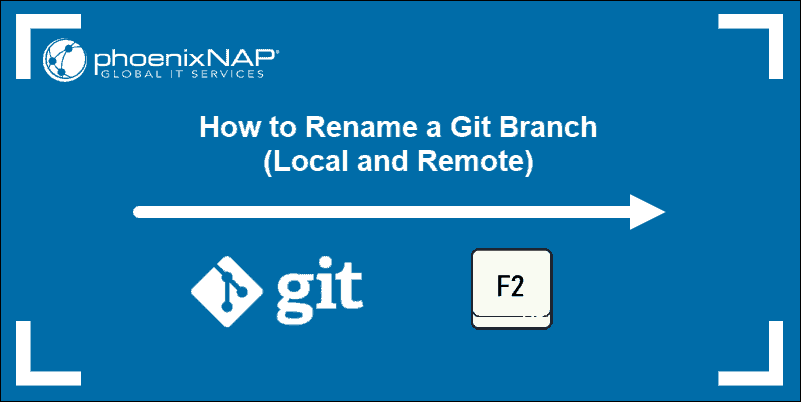



![Git push force [a Git commands tutorial] | Datree.io Git Push Force [A Git Commands Tutorial] | Datree.Io](https://assets-global.website-files.com/61c02e339c11997e6926e3d9/61c2e47b4d436d4d1a382d76_5e2a1539b3437be8c9018c2f_cover-git-push-force2.png)



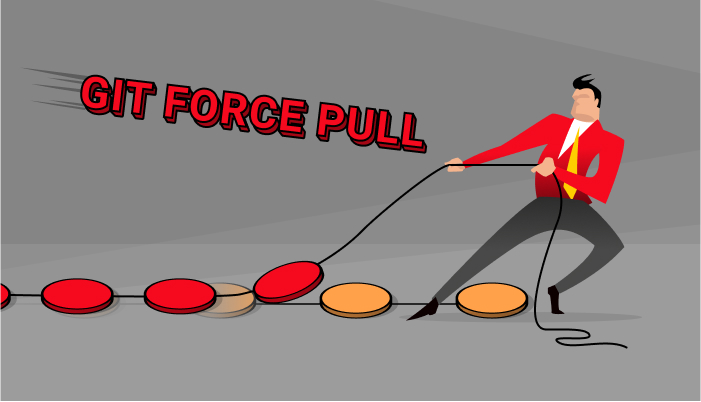



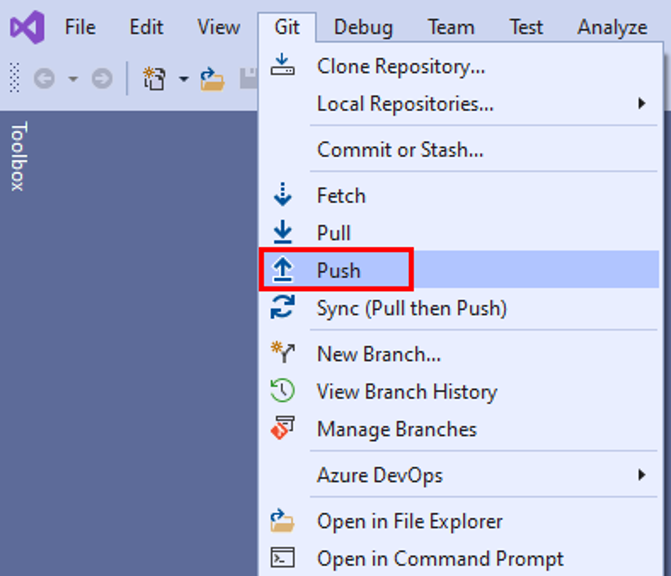






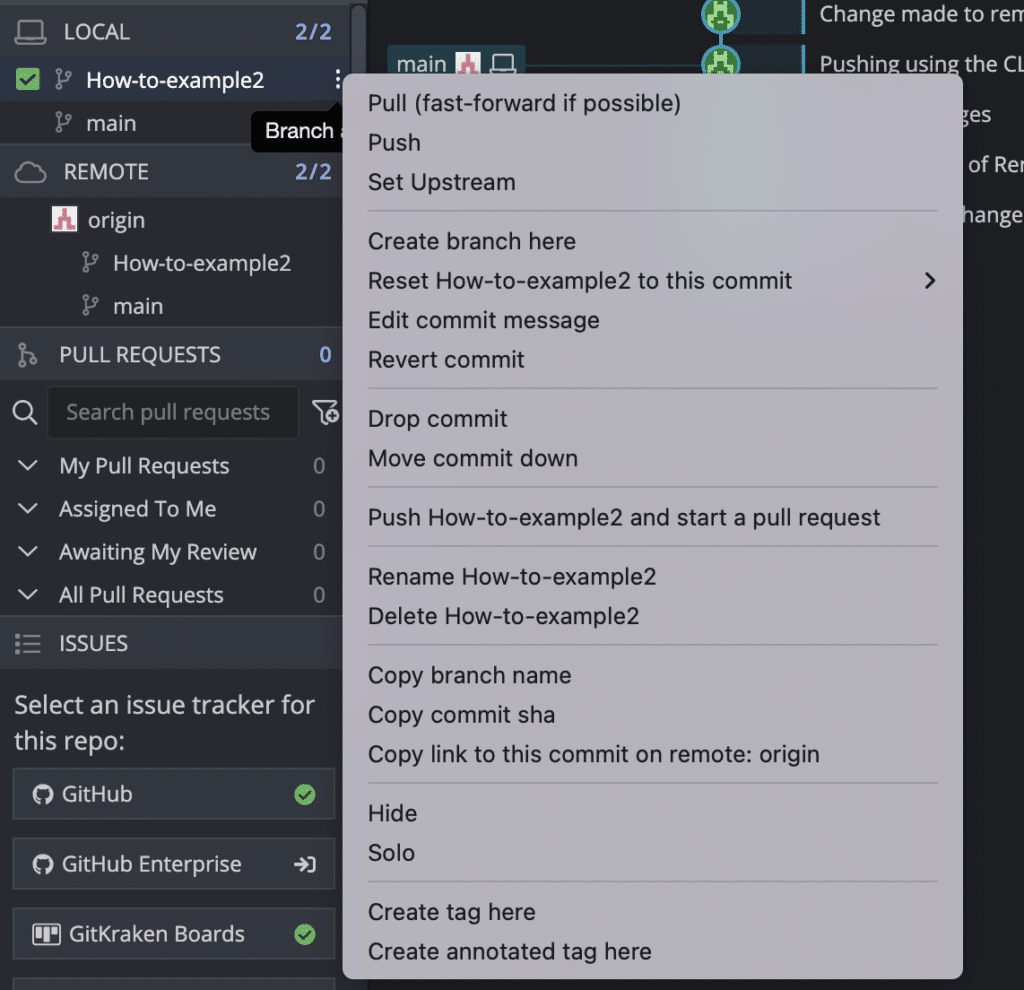



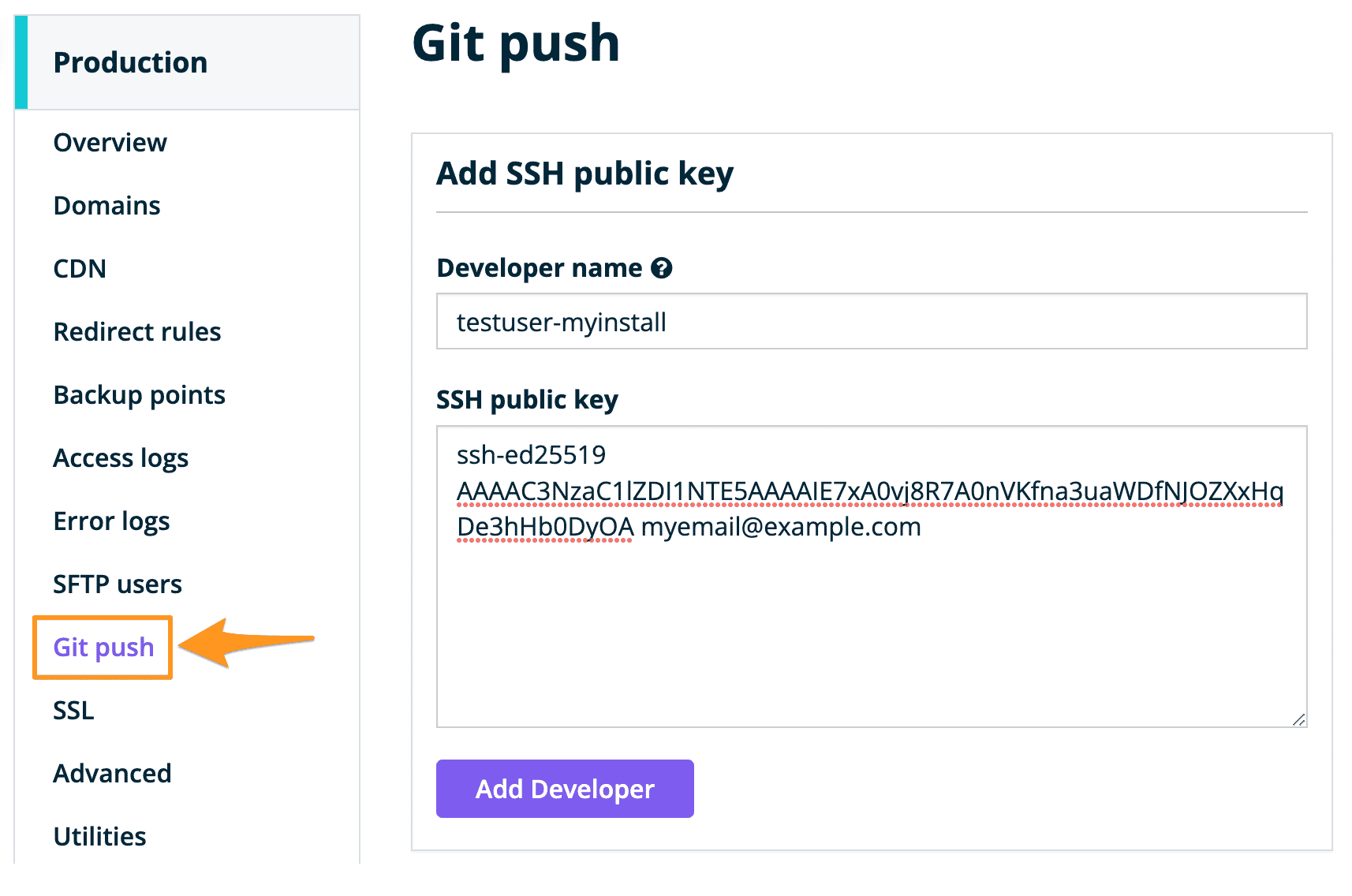



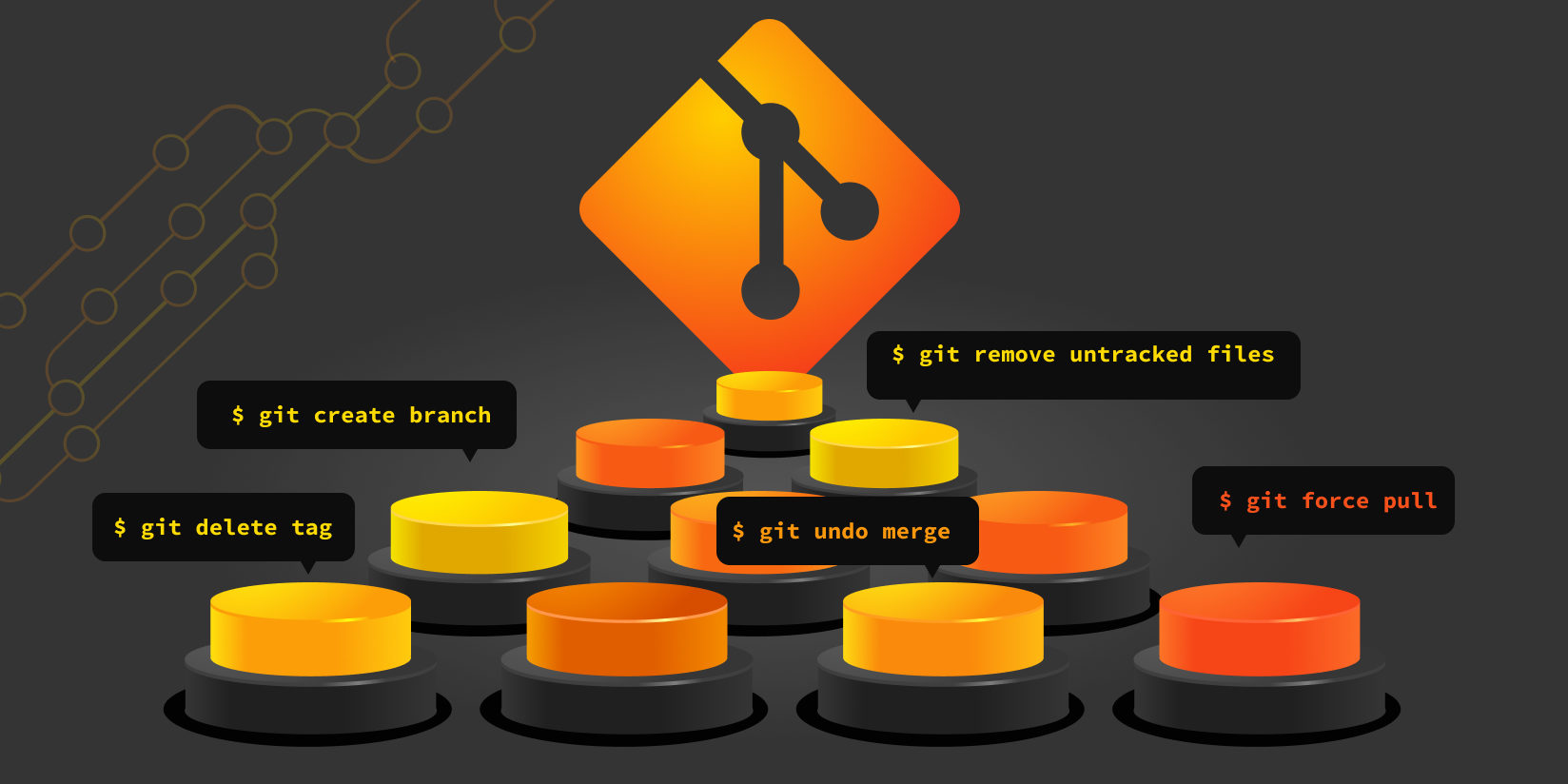








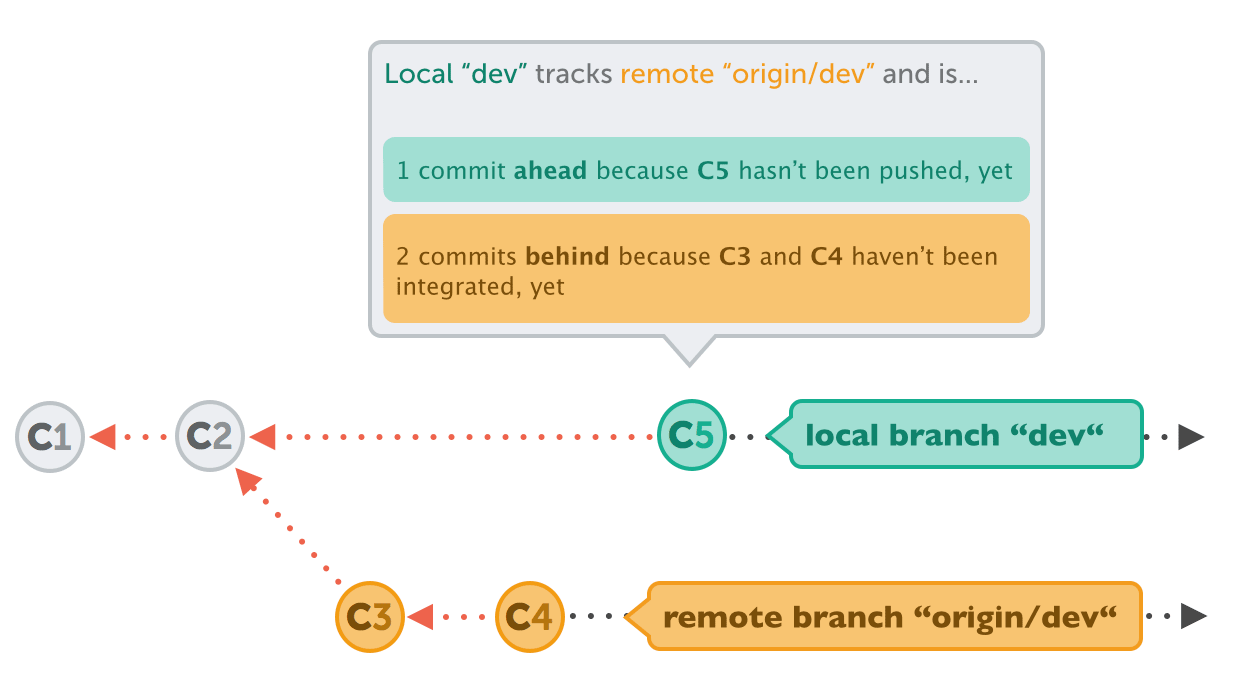

![Easily Perform Git Checkout Remote Branch [Step-by-Step] Easily Perform Git Checkout Remote Branch [Step-By-Step]](https://adamtheautomator.com/wp-content/uploads/2021/03/Untitled-2021-03-24T150627.602.png)



Article link: git replace local branch with remote.
Learn more about the topic git replace local branch with remote.
- How to replace local branch with remote branch entirely in Git?
- How to Replace Local Branch With Remote Branch Entirely in …
- How To Overwrite Local branch with Remote In Git – The Uptide
- How to replace local branch with remote branch entirely in Git?
- Git Push Local Branch to Remote – How to Publish a New Branch in Git
- Git Pull Force – How to Overwrite Local Changes With Git
- replace local branch with remote – GitHub Gist
- Replace local branch with remote branch entirely – Wordzz
- How to replace local with remote branch entirely in Git?
- How do I pull and overwrite local changes in Git? – Gitnux Blog
- Reset and sync local repository with remote branch – OCPsoft
- Git – Remote Branches – Git SCM
See more: nhanvietluanvan.com/luat-hoc